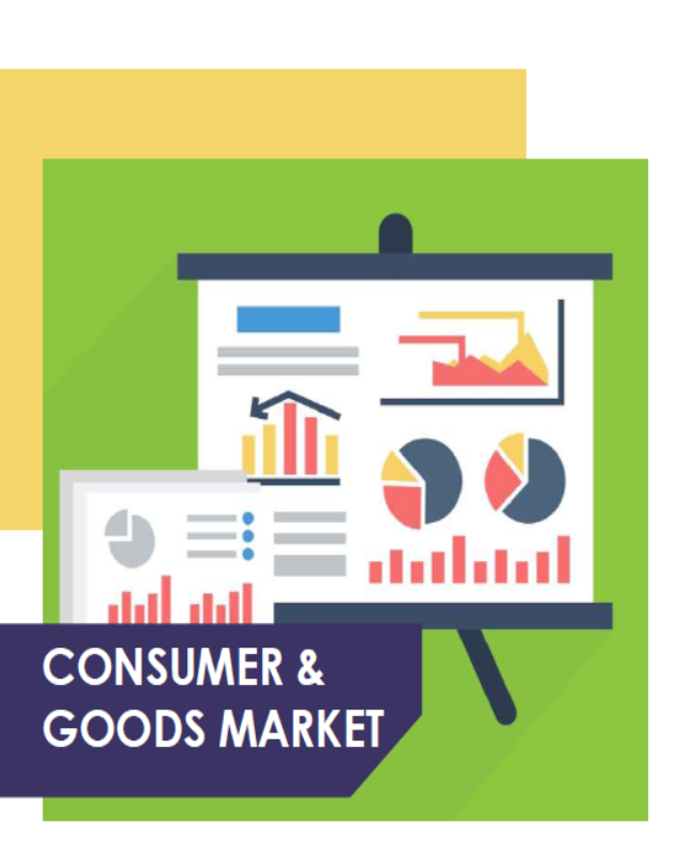Blog
The global Protective Clothing market is estimated to record a CAGR of around 6% during the forecast period

Evolve Business Intelligence has published a half-cooked research report on the Global Protective Clothing Market, 2021–2030. The global Protective Clothing market is projected to exhibit a CAGR of around 6% during the forecast period of 2022 to 2030.
Evolve Business Intelligence has recognized the following companies as the key players in the global Protective Clothing Market: E.I. du Pont de Nemours and Company, Lakeland Industries, Inc., 3M Company Workrite Uniform Company, Inc., W.L.Gore & Associates, Glen Raven, Ballyclare Limited, Koninklijke Ten Cate NV, Cetriko and Teijin Limited, Fibertex A/S, and Rongxin Industry Manufacture Limited.
Market Highlights
The global Protective Clothing market is projected to be valued at $17.6 Billion by 2030, recording a CAGR of around 6% during the forecast period. Protective clothing like gloves, masks, and covers protect from hazardous conditions that could be life-threatening. They are developed to shield the worker from any dangers of their working environment. Whether on construction sites or in laboratories, workers need the necessary protective gear to keep them safe. These can be heat-resistant coats and aprons for bakeries, cold-resistant gloves for drivers, or mechanical protective wear for industries that are exposed to vibrations.
The coronavirus pandemic caused the government to impose a law where employees had to use protective clothing at work to reduce the risk of infection. All of the nurses and health workers who were working on the frontline to fight the pandemic were provided with a PPE kit. This caused a rise in demand for protective clothing. The demand for protective clothing has skyrocketed, but the supply has not kept up with the increased need. Many textile-making companies have used this opportunity to start investing in protective clothing products.
Segmental Analysis
The global Protective Clothing market has been segmented based on the Material Type, Application, End-Use Industry, and region.
By Material Type, the Protective Clothing market is segmented based on Aramid & Blends, Polyolefin & Blends, Polybenzimidazole, Cotton Fibers, Laminated Polyesters, and Others. The Aramid & Blends Segment is anticipated to account for the large market share. Aramids are often used in protective clothing because they have excellent mechanical properties and resistance to fire, heat, and sharp objects.
Based on Application, the Protective Clothing market is segmented based on Thermal, Mechanical, Chemical, Radiation, and Others. The Thermal segment is expected to hold the largest market share due to the increasing demand for durable, breathable flame-resistant clothing in many sectors. In addition to this, stringent fire safety regulations and guidelines for minimizing the risk of fire in industrial areas have contributed to the greater need for thermal protective clothing across the world.
Based on End-Use Industry the Protective Clothing market is segmented based on Oil & Gas, Construction & Manufacturing, Pharmaceuticals, Law Enforcement & Military, Firefighting, and Others. The Construction & Manufacturing segment is expected to hold the largest market share. Governments across the world have introduced safety regulations for the manufacturing industry to keep accidents and uncertainties to a minimum. Some of these regulations include using safety equipment during construction and operations.
Access Full Report: https://evolvebi.com/product/global-protective-clothing-market-analysis-and-global-forecast-2022-2030-with-covid-impact-analysis/
Regional Analysis
The Protective Clothing market is divided into six regions: North America, Europe, Asia-Pacific, Latin America, Middle East, and Africa. The Asia-Pacific region is projected to dominate the global Protective Clothing market. China has been the top supplier of surgical masks, respirators, protective clothing, and medical goggles by a considerable margin. Industries, organizations, and governments are constantly striving to build a safe workplace for their workers. North America is expected to grow with the highest CAGR due to stringent government regulations regarding the safety of workers in hazardous work environments along with increased investments in the construction and renovation of infrastructure in this region. As a result of the abundance of existing infrastructure, Germany is the dominant producer of Protective Clothing in Europe. The booming German pharmaceutical industry also means more growth for the protective clothing market, since it is expected to be one of the leading places for research on pharmaceuticals. Latin America, the Middle East, and Africa are also expected to grow at a rapid pace in the forecast peri


